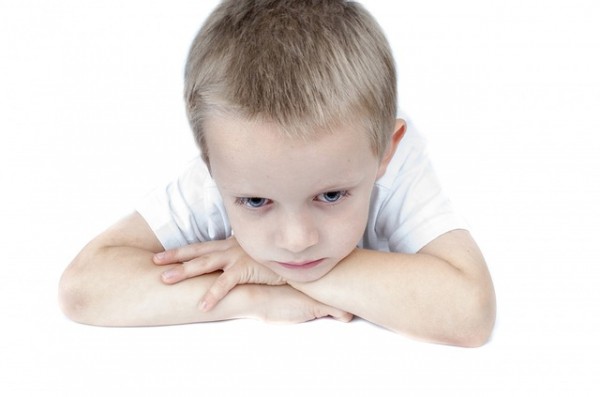Less than half of children treated for anxiety achieve long-term relief

Fewer than one in two children and young adults treated for anxiety achieve long-term relief from symptoms, according to the findings of a study by investigators from the Johns Hopkins Children's Center and five other institutions.
Results of the federally funded research, to be published online Jan. 29 in the journal JAMA Psychiatry, underscore the importance of vigilant follow-up and rigorous monitoring of symptoms among anxious children, teens and young adults - even when they seem to be on the mend - the investigators say. The results also point to the need for better long-term management of a condition estimated to affect one in five children in the United States, and one that can lead to depression, substance abuse and poor academic performance well into adulthood, the research team says.
"Our findings are encouraging in that nearly half of these children achieved significant improvement and were disease-free an average of six years after treatment, but at the same time we ought to look at the other half who didn't fare so well and figure out how we can do better," says lead investigator Golda Ginsburg, Ph.D., a psychologist at the Johns Hopkins Children's Center and professor of psychiatry at the Johns Hopkins University School of Medicine.
The study, believed to be the first long-term analysis of children treated with a variety of therapeutic approaches, involved 288 patients, ages 11 to 26, diagnosed with and treated for anxiety for three months, then followed for an average of six years thereafter.
Participants received medication, cognitive-behavioral therapy or a combination of the two. Some 135 (47 percent) of the 288 were free of any anxiety six years after the initial treatment, the study found. Nearly 70 percent required some type of intermittent mental health therapy in the years following the original treatment, a finding that Ginsburg says underscores the chronic nature of the disorder. Only sustained watchfulness, she adds, can help spot early signs of anxiety and prevent the re-emergence of a full-blown disorder.
"Just because a child responds well to treatment early on, doesn't mean our work is done and we can lower our guard," Ginsburg says.
The type of treatment received did not predict relapse risk, the study found, suggesting that the three therapies are similarly effective - an encouraging finding that highlights the variety of therapeutic options available to patients.
Family dynamics and gender were the two most powerful predictors of long-term anxiety risk. Stable families with clear rules and greater trust who spent quality time together diminished a child's risk of relapse, as did being male. Girls were nearly twice as likely to relapse as boys, a finding that requires further study of hormonal, social and environmental factors, all of which may fuel sex differences in outcomes and can inform gender-based treatment approaches, the investigators say.
Anxiety is the result of a complex interplay between genes and environment, the researchers say, and while there's not much to be done about one's genetic makeup, controlling external factors can go a long way toward mitigating or preventing anxiety.
Jan 30, 2014 04:48 PM EST





